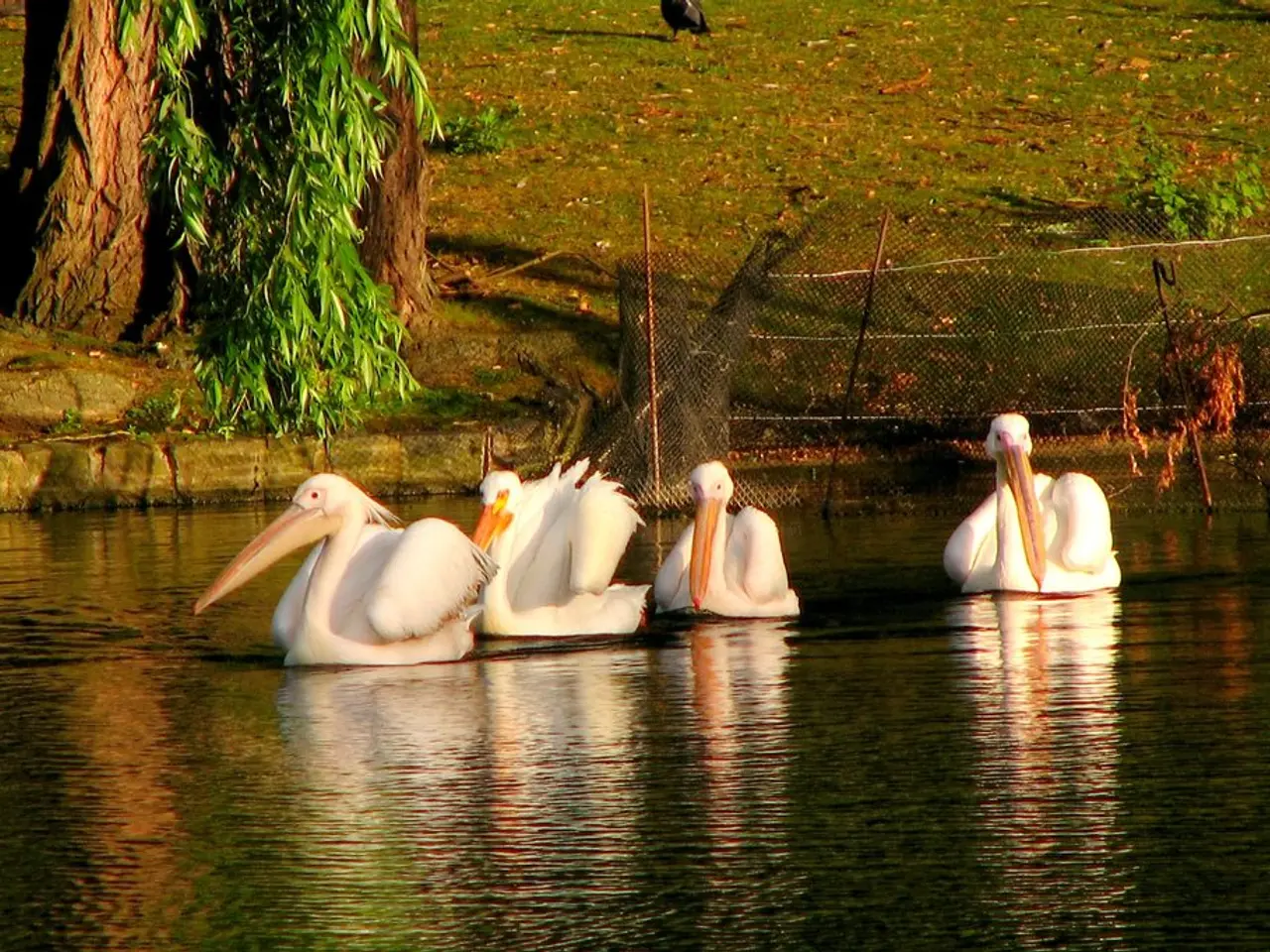Beavers' Return in Upper Austria: A Blessing and a Challenge
Beavers, nature's eco-engineers, are making a comeback in Upper Austria, with their population reaching around 2,200 in 2023/24. These industrious creatures create valuable wetlands that store water, mitigating floods and droughts, and promote biodiversity. However, their increasing presence has sparked debate about their management, with WWF criticizing the current approach as a 'populist shooting policy'.
As beaver numbers grow, so does their impact on the landscape. These large, semi-aquatic rodents create dams and lodges, transforming riverbanks and promoting wetland habitats. This, in turn, benefits numerous other species and stabilizes ecosystems, especially in the face of extreme weather conditions. WWF demands more natural habitats for wildlife, such as designated riverbank strips, to help beavers coexist peacefully with humans.
Currently, the shooting of beavers is regulated by authorities, with permits and defined seasons. WWF argues that investments in preventive and compensatory measures are more effective in the long run for species protection and climate crisis mitigation. They criticize the current regulation, stating that it is not a standard task for recreational hunters but rather a response to perceived conflicts.
Beavers, as key species, play a crucial role in creating and maintaining valuable habitats. Their population increase in Upper Austria is a testament to their importance. WWF calls for a fundamental change in approach, advocating for more natural habitats and preventive measures to ensure harmonious coexistence with these vital ecosystem engineers.
Read also:
- Federal petition from CEI seeking federal intervention against state climate disclosure laws, alleging these laws negatively impact interstate commerce and surpass constitutional boundaries.
- Hydrogen Energy: Sustainable Innovation or Resource Exploitation?
- Dim outlook for a major energy corporation
- Underwater pipeline shutdown initiative by Michigan challenges scope of American foreign policy, contends Trump Justice Department







